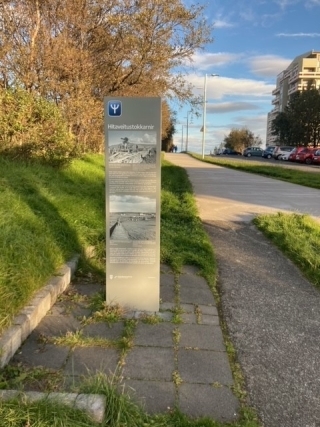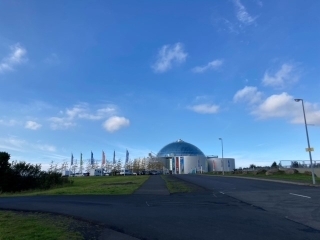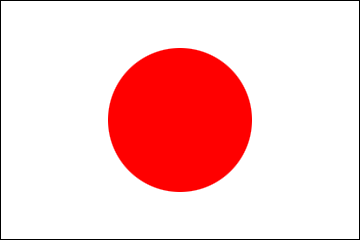From Ambassador (Perlan)
2021/10/6


At first glance there is nothing peculiar about this paved street. However, this place has an important historical meaning to Reykjavík city!
Underneath this pavement, a 17 kilometer long pipeline is buried, and once it served to supply hot water to the city from a hot spring in the suburb of Reykjavík.
Following the German occupation of Denmark during the Second World War, Iceland took control of its own foreign relations and formally became an independent republic in 1944. At the time, coal was primarily used to heat homes but with rising coal prices due to the war the other heat source that caught attention was geothermal hot water.
Some places in Reykjavik have natural hot water coming from the ground and those were used for washing and bathing from the past, but the amount was not enough to be widely used to heat houses in the city. Consequently, geothermal water had to be carried by pipeline from a suburban spring source.
The accumulated hot water was collected and kept in huge water tanks installed on a hill and distributed from there to each household. Currently the water tanks are not used at full capacity, but a shiny dome-like building was added to the tanks, and named “Perlan” which means pearl. Along with an observatory deck overlooking the entire city, a restaurant, and interesting exhibition facilities for tourists, Perlan became one of the Reykjavík’s landmarks.
Underneath this pavement, a 17 kilometer long pipeline is buried, and once it served to supply hot water to the city from a hot spring in the suburb of Reykjavík.
Following the German occupation of Denmark during the Second World War, Iceland took control of its own foreign relations and formally became an independent republic in 1944. At the time, coal was primarily used to heat homes but with rising coal prices due to the war the other heat source that caught attention was geothermal hot water.
Some places in Reykjavik have natural hot water coming from the ground and those were used for washing and bathing from the past, but the amount was not enough to be widely used to heat houses in the city. Consequently, geothermal water had to be carried by pipeline from a suburban spring source.
The accumulated hot water was collected and kept in huge water tanks installed on a hill and distributed from there to each household. Currently the water tanks are not used at full capacity, but a shiny dome-like building was added to the tanks, and named “Perlan” which means pearl. Along with an observatory deck overlooking the entire city, a restaurant, and interesting exhibition facilities for tourists, Perlan became one of the Reykjavík’s landmarks.
